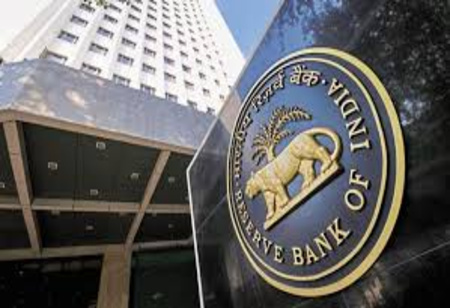
India maintained a high degree of economic resilience supported by good macroeconomic fundamentals despite the rising Asia-wide trade uncertainties and pressure on tariff issues as indicated in the latest State of the Economy published by Reserve Bank of India.
The RBI observed that the aggregate demand will be helped by the process of cooling down inflationary pressure, promising results of kharif crops, government expenditure front loading, and a boost in financial situation. In the report, there was a strategic need in India to enhance trade relationship in the backdrop of geo-economic fragmentation and supply chain realignment.
“Amid rising trade uncertainties and geo-economic fragmentation, building more resilient trade partnerships presents a strategic opportunity for India to deepen its integration with global value chains," the RBI said.
The central bank also highlighted the necessity of an increasing domestic investment in infrastructure and structure adjustment to enhance productivity and competitiveness. Although changes in trade policy such as new regimes of import tariffs as of August 1, 2025, are a burden to the global mood, financial markets are reassuringly cautious.
Also Read: How to Improve ESG Performance and Build Sustainable Business Practices
In conjunction to the opinion of the RBI, the Asian Development Bank (ADB) is again forecasting a rise in GDP of India in 2025 to 6.5 and 2026 to 6.7 drawing its support to hold up on enactment by solid residential demand and monetary accelerating. The inflation is projected to hit the target of 3.8 percent in the year 2025 and 4.0 percent in 2026.
A previous Morgan Stanley report indicated a possibility of the Indian economy becoming the third-largest in the world by the year 2028, and break into $10.6 trillion by 2035.
We use cookies to ensure you get the best experience on our website. Read more...